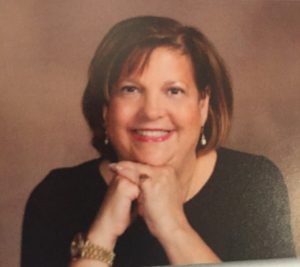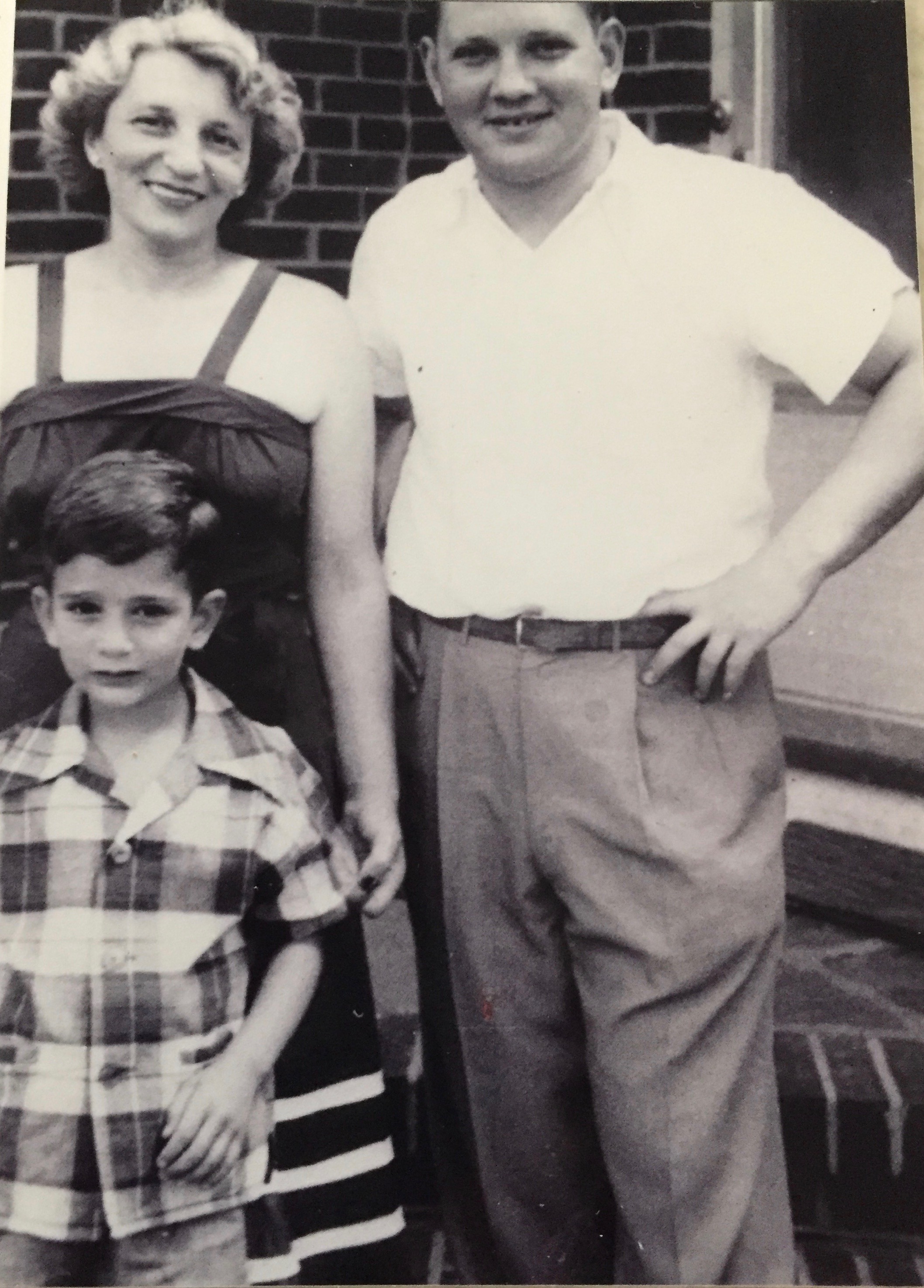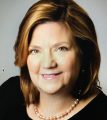THE STORY OF BERT WOLF BY DIANE WOLF and SUSAN WOLF-GREENE
Bert was seven years old when he returned from a birthday party and saw his mother packing two suitcases. It was 1938. His mother, Else Loewengart Wolf’s had received a call from her brother saying that he heard that the borders were closing and they needed to get out of Germany immediately. They left on a midnight train to Holland. They met up with the rest of his mother’s immediate family: Bert’s grandmother, two uncles, an aunt and a 3-year-old cousin.
They were lucky. Bert’s grandmother, Helena Loewengart had told her children in 1933 that there was no future for Jews in Germany and that they needed to prepare to leave. She would say to anyone who was reluctant to go, “Have you no pride? Why would you want to stay somewhere you are not wanted?” Bert’s Uncle Teddy worked out all of the plans, including smuggling money out of Germany so they could make a new start.
It was winter when they arrived in Holland and there wasn’t a lot of available housing. They rented a house in a seaside town of Zandvoort on the North Sea, where Bert would go to school. He was put back into the first grade because he didn’t speak Dutch. He learned the language quickly. They lived in Holland for almost 9 months while they waited to get their visas and passage. They traveled on the New Amsterdam’s second voyage to the US. Bert had the run of the ship as he spoke Dutch and most of the passengers didn’t. They arrived in late August in Hoboken. (First and Second Class Passage ticket holders didn’t go to Ellis Island).
They lived in Jackson Heights in Queens, New York with cousins for a few days before moving to a two family house nearby. They moved in over Labor Day 1930, and their possessions arrived during the Hurricane of 1930. They thought that all storms were bigger in America. His mother registered him for school. Since he didn’t speak any English, they could only test his math skills. He got all of the problems correct except for the ones that had 7’s in the number, since they didn’t have lines through them like they did in Europe. So he started the third grade in Ms. Oleodorf’s class. His teacher was Jewish and spoke Yiddish to him. He said that he learned English within two months (but he forgot his Dutch). He was very proud that the whole family learned to read and write in English including his grandmother who was already in her mid to late 50’s when they arrived in the U.S. They all became U.S. citizens as soon as they were eligible. When his grandmother was asked the names of the president and vice president, she also replied with all the members of the cabinet. They told her she knew too much.
His mother, Else married Ernest Fuerst in 1940, and they all moved to North Plainfield, where he lived for about two years and attended the Somerset School on Park Ave. They moved to Somerville when he was in 7th Grade. Since there wasn’t standardized testing then, they put him in the lowest level 7th grade class. Within a few weeks he was in the highest. He was put into 8th grade later that year. From what we know, he was the only kid to ever skip a grade in the Somerville School System at that time.
He joined the Boy Scouts and was very active. He became an Eagle Scout when he was 15 years and two months old. He attended Somerville High School, graduating at age 16 and then attended Rutgers University. He was active in sports including football and lacrosse in both high school and college. He graduated from Rutgers as an Industrial Engineer and entered the Air Force as a 2nd Lieutenant. He met my mother, Rita while he was at Rutgers and she was at Douglass College.
He was always a strong supporter of the Jewish organizations wherever he lived. In Puerto Rico, where we lived for five years, he had my sister and I fly to Hebrew school in San Juan so we would get a Jewish education. He was a very proud American. But he always said that “if there comes a time when the United States isn’t a good place for Jews, then be prepared to leave.”
People sometimes asked him if he had experienced anti-Semitism in Germany. He said that it didn’t seem to affect him directly, although he did need to change from a “public” school to a Jewish school the year before they left Germany. Also Bert was a cute, blond-haired little boy, and the town photographer thought that pictures that he took of him when he was about two were so adorable that he put them in his store window for a long time. But as the climate changed in Germany, the photographer had to remove the pictures and give them to my grandma. We still have those photos. His father who died in 1935 is buried in a grave in Germany. Whenever he found himself Europe, he would always make the trip to Germany to visit his father’s grave.
THE STORY OF BERT WOLF BY DIANE WOLF
Bert was seven years old when he returned from a birthday party and saw his mother packing two suitcases. It was 1938. His mother, Else Loewengart Wolf’s had received a call from her brother saying that he heard that the borders were closing and they needed to get out of Germany immediately. They left on a midnight train to Holland. They met up with the rest of his mother’s immediate family: Bert’s grandmother, two uncles, an aunt and a 3-year-old cousin.
They were lucky. Bert’s grandmother, Helena Loewengart had told her children in 1933 that there was no future for Jews in Germany and that they needed to prepare to leave. She would say to anyone who was reluctant to go, “Have you no pride? Why would you want to stay somewhere you are not wanted?” Bert’s Uncle Teddy worked out all of the plans, including smuggling money out of Germany so they could make a new start.
It was winter when they arrived in Holland and there wasn’t a lot of available housing. They rented a house in a seaside town of Zandvoort on the North Sea, where Bert would go to school. He was put back into the first grade because he didn’t speak Dutch. He learned the language quickly. They lived in Holland for almost 9 months while they waited to get their visas and passage. They traveled on the New Amsterdam’s second voyage to the US. Bert had the run of the ship as he spoke Dutch and most of the passengers didn’t. They arrived in late August in Hoboken. (First and Second Class Passage ticket holders didn’t go to Ellis Island).
They lived in Jackson Heights in Queens, New York with cousins for a few days before moving to a two family house nearby. They moved in over Labor Day 1930, and their possessions arrived during the Hurricane of 1930. They thought that all storms were bigger in America. His mother registered him for school. Since he didn’t speak any English, they could only test his math skills. He got all of the problems correct except for the ones that had 7’s in the number, since they didn’t have lines through them like they did in Europe. So he started the third grade in Ms. Oleodorf’s class. His teacher was Jewish and spoke Yiddish to him. He said that he learned English within two months (but he forgot his Dutch). He was very proud that the whole family learned to read and write in English including his grandmother who was already in her mid to late 50’s when they arrived in the U.S. They all became U.S. citizens as soon as they were eligible. When his grandmother was asked the names of the president and vice president, she also replied with all the members of the cabinet. They told her she knew too much.
His mother, Else married Ernest Fuerst in 1940, and they all moved to North Plainfield, where he lived for about two years and attended the Somerset School on Park Ave. They moved to Somerville when he was in 7th Grade. Since there wasn’t standardized testing then, they put him in the lowest level 7th grade class. Within a few weeks he was in the highest. He was put into 8th grade later that year. From what we know, he was the only kid to ever skip a grade in the Somerville School System at that time.
He joined the Boy Scouts and was very active. He became an Eagle Scout when he was 15 years and two months old. He attended Somerville High School, graduating at age 16 and then attended Rutgers University. He was active in sports including football and lacrosse in both high school and college. He graduated from Rutgers as an Industrial Engineer and entered the Air Force as a 2nd Lieutenant. He met my mother, Rita while he was at Rutgers and she was at Douglass College.
He was always a strong supporter of the Jewish organizations wherever he lived. In Puerto Rico, where we lived for five years, he had my sister and I fly to Hebrew school in San Juan so we would get a Jewish education. He was a very proud American. But he always said that “if there comes a time when the United States isn’t a good place for Jews, then be prepared to leave.”
People sometimes asked him if he had experienced anti-Semitism in Germany. He said that it didn’t seem to affect him directly, although he did need to change from a “public” school to a Jewish school the year before they left Germany. Also Bert was a cute, blond-haired little boy, and the town photographer thought that pictures that he took of him when he was about two were so adorable that he put them in his store window for a long time. But as the climate changed in Germany, the photographer had to remove the pictures and give them to my grandma. We still have those photos. His father who died in 1935 is buried in a grave in Germany. Whenever he found himself Europe, he would always make the trip to Germany to visit his father’s grave.
Lorem ipsum dolor sit amet, consectetur adipiscing elit. Fusce condimentum lacus purus, et suscipit justo semper nec. Maecenas non lectus odio. Aliquam volutpat neque ac placerat gravida. Nullam sit amet venenatis ante. Proin vestibulum volutpat purus vel dapibus.







